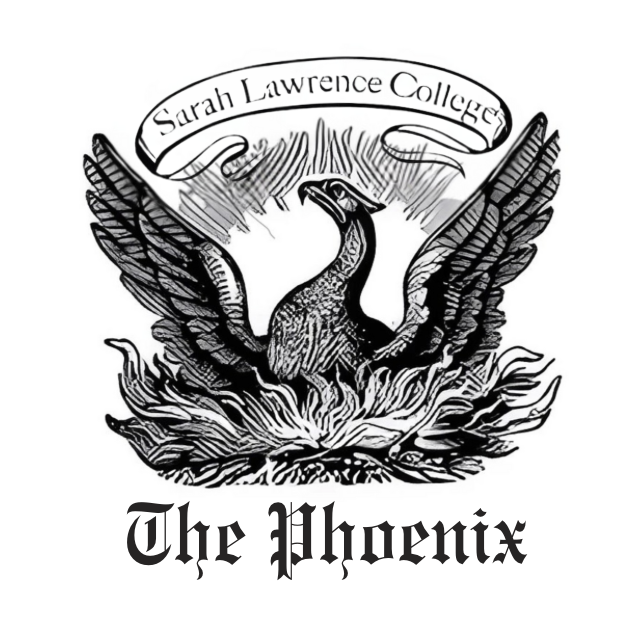Smoking ban blues: positive side of ban outweighed by questionable implementation effects
Sarah Lawrence students and smokers Agatha Monasterios-Ramirez '17, Nachi Conde-Farley '14, and Colleen O'Connor '15 pose for Ellie Brumbaum '17.
I was asked to write this piece for The Phoenix because I have been fairly outspoken against the implementation of a smoke-free-campus policy. I will admit, however, that the idea is not one I utterly oppose. Though I’ve been tasked with taking up arms against the policy, I will endeavor to shine some light on why I also think that it is very important that such a policy is actually put in place. That said, the implementation and implications of the policy are where the most crucial, inexcusable trouble lies.
I am not, nor have I ever been, a smoker. In fact, I have had a life-long struggle with asthma. Furthermore, it is hard to argue against the Surgeon General when it comes to preserving a healthy set of lungs. The worrisome part of the policy however, lies in the consequential logistic drawbacks.
The simple fact that campus rules prohibit smoking will not stop students. While a long-term cultural shift would certainly take place, the students who were used to smoking on campus would most likely continue to do so, meaning that for a couple of years, smoking would be occurring on campus without the consent of the administration. Without the lawns and sidewalks of the campus open, it is within imagination that smoking would be pushed into dorm rooms and the public streets in campus’ vicinity. Students’ safety would be jeopardized both by letting lit cigarettes into buildings and by forcing them (the smokers) onto public streets. With the fire department showing up to campus what seems like several times a week, the last thing SLC needs is a tinderbox like Hill House or one of the Old Dorms going up in flames. Adding that to the tumultuous history of students walking on Kimball Ave. in the middle of the night, it becomes clear that the ban will ultimately endanger students.
The reasons to switch to a smoke-free campus remain numerous. The smoke-free policy around buildings has done little to relieve the amount of second hand smoke, the campus is littered with cigarette butts, and, as we all know, the practice is generally unhealthy. Already, smoking cessation programs offered at Health Services and other means have been put in place to alleviate the problem. If we are trying to turn Sarah Lawrence into a smoke free campus, then the measures that are being proposed are certainly not enough.
As the policy rolls out over the next few years, we will see whether bringing an immediate halt to smoking was really the best option. I unquestionably want a healthier campus. That being said, it is also important that we all acknowledge that the next few years of smoking under the smoking ban will not be stellar, especially for students’ health and safety. Fire trucks might visit the campus more often, and we might have a few not-so-friendly encounters with passing cars. Hopefully, the health goals for the long term won’t compromise the immediate.
by Owen Marks '15
omarks@gm.slc.edu
photos by Ellie Brumbaum '17
ebrumbaum@gm.slc.edu

